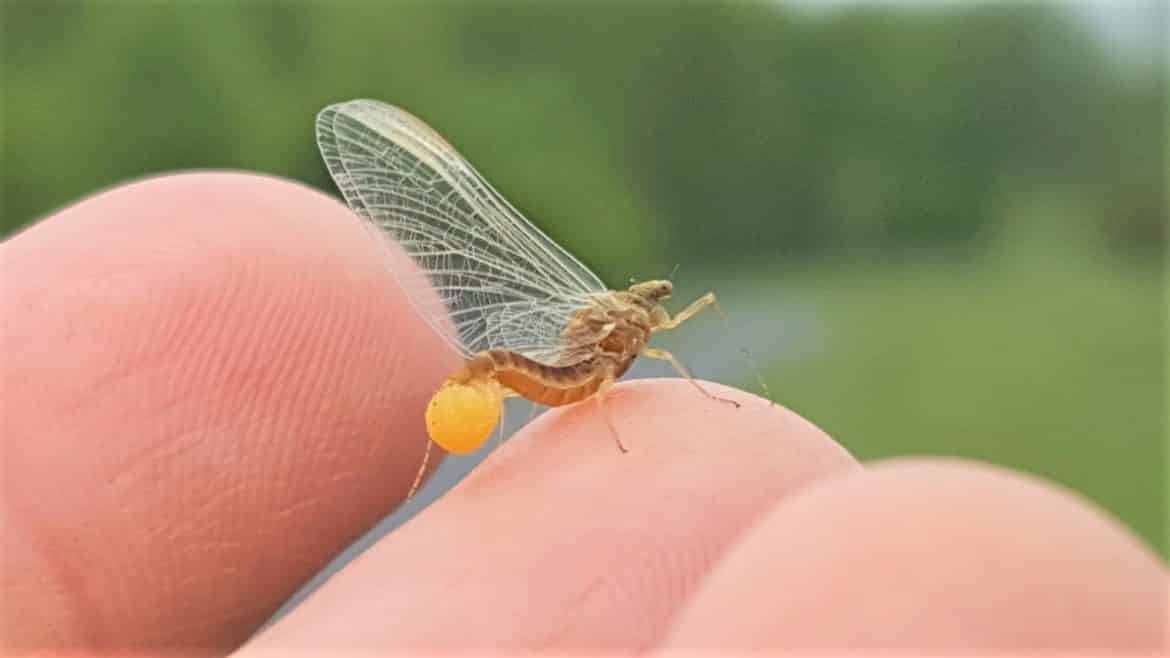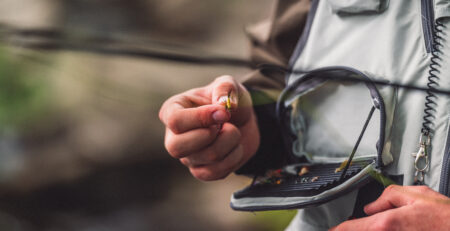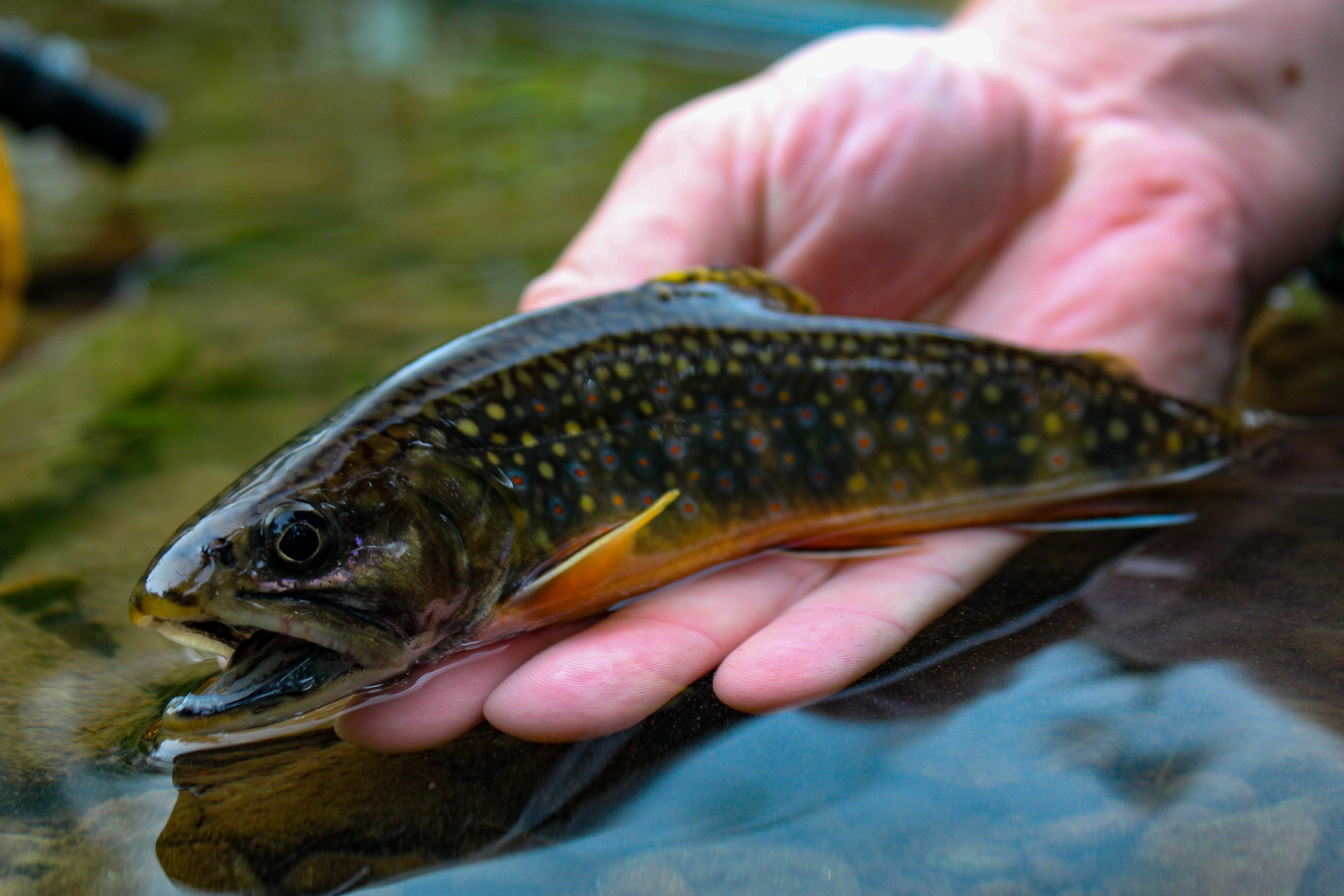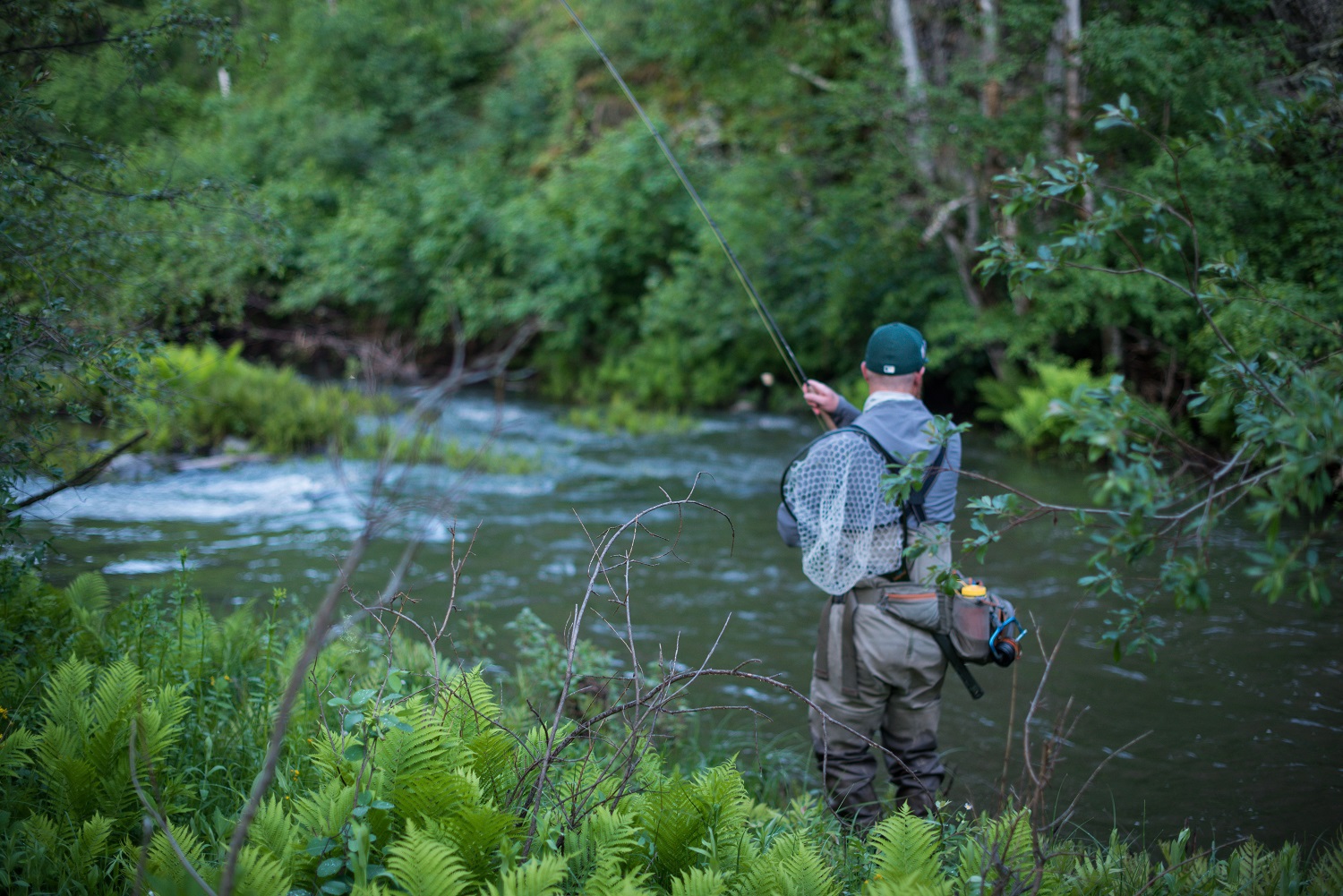Fly Fishing the Eastern Sulphur Hatch in Pennsylvania
Thousands in flight and every single trout gettin’ some action.
In my small trickle of a stream, wild brown gorge on what we call Sulphurs. An Eastern late May and early June hatch that brings tens of thousands of seemingly yellow and orange colored mayflies to the air.
Sulphurs never disappoint. Trout will take any poor presentation tossed at them and rarely refuse an accurate cast. It is addicting. They smack Sulphurs hard and one trout can be caught multiple times in one night. Last year I landed over 30 wild brown within 2 hours of a dense hatch.
TIMING
I’m going to be honest. I stalk these Sulphurs. I make an effort to walk my local streams each warm evening before dusk with my fly rod just in case. It can be rather unpredictable when the peak hatch will begin. I check for hints in spider webs for mayfly corpses and any indication of a hatch. Swallows and low sweeping birds around or over creeks usually mean insect activity. But, who knows.
Boy oh boy, when it finally happens and clouds of these buggers take flight I can find Sulphurs over a mile from the stream — carried off by the wind. Females carrying sacks of bright orange eggs and swarms of mating pairs can be seen about 10-20 feet above the ground in open fields near the banks. As long as the weather holds warm, clear, and calm, a “full-dose” hatch can last a little over 4 days.
SIZES
From my local stream in eastern Pennsylvania, Sulphurs can range in size from a #12 hook to #16. The average size is about a #14 but closer to #16.
As long as your pattern is between this range, selecting a specific size is not so important and is left to personal tastes. I’ve caught just as many fish on each one and they are hardly ever picky.
Fish don’t have time to be picky. Sulphurs return to the water at dusk and repeatedly dip their egg-sack-carrying abdomen into the water for a brief second. Trout will only have a split second to engulf the mayfly before it takes flight and dips down a few inches away. I believe this is why I have seen trout rocket themselves out to catch one mid-air.
Although, only after the mayfly is spent and dying on the surface will fish take their time and devour their crispy meal.
NYMPHS

Sulphur nymphs are quite dark and have few differences between other nymphs. In other words, you do not have to go out of your way to have “Sulphur” nymphs as any nymph pattern will do. So save yourself some money.
However, there are some cool-looking patterns that have a split nymphal case with a bright yellow abdomen exposed underneath. This imitates the Sulphur nymphs that are ready to molt by pushing their body through their shucks and emerging at the surface.
With matured nymphs, you’ll see a dark clump form just under their nymphal shuck, or ‘skin’, behind their head. These are actually their first pair of wings developing.
I usually fish a darker size #16 nymph when nymphs become ‘active’ — as in, days or hours before they begin hatching. Active nymphs move frequently along the bottom and are prone to make more mistakes by getting swept off the bottom and eaten.
EMERGERS
Just like any other species of mayflies, nymphs make their way to the surface and attempt to pierce the thin film of water tension, which can take less than a second to a minute or two. Once successful, the maturing mayfly housed within the nymphal case breaks through the wing casing and pushes its way to freedom.
Wings are the most critical part of their emergence. If they are crippled, too wet, or underdeveloped they will not take flight. For those with less serious conditions like simply wet wings, it will only take a moment more before they can fly away. Damp, cold, and rainy conditions usually cause wings to be too moist because the heat isn’t there to rapidly dry the thin wings.
Otherwise, the mayfly explodes out in a split second like a monkey from a cage.
DUNS

Duns are a term used to describe mayflies that have just emerged and have yet to molt for the second time. Kind of like how a snake sheds its skin, a mayfly sheds its skin to accomplish another stage of its life cycle.
It is extremely common to find that the ‘Dun’ stage of the mayfly can be a totally different shade of color than the final stage of its life cycle. So duns could be darker or lighter. But, one thing that always remains constant is that their wings are always tinted or cloudy.
SPINNERS

Spinners are the post-mating adult stage where egg-carrying females return to the water to deposit their eggs and eventually die. Males, also, expend all of their energy during mating and, soon after, die on the water.
You will be able to identify mayflies during this stage by their characteristically clear, transparent wings and figure-eight weaving groups above or near the stream. Hundreds to thousands of sulphurs gather in open areas near the water to mate.
Once they have paired and found a mate, spinners will attach themselves by the tail to their partner and make the exchange mid-flight. It is only after that the long-awaited ‘Spinner Fall’ will take place.
As time passes and the mating has ceased, the group will slowly descend on to the water. Over the course of an hour or within a few minutes, hundreds to thousands of spinners will land on the water for depositing eggs or out of exhaustion. This is when a feeding frenzy of fish and birds take the opportunity to consume large quantities of helpless mayflies.
While many spinner patterns present the mayfly with the wings perfectly splayed outwards perpendicular to the body, most die awkwardly with wings creased, folded, and conjoined together. Only a small fraction land perfectly with wings splayed and remain like that throughout their journey downstream. The point is that whether you are an excellent tier or not, making the wings perfect is not that important. Making the fly visible and buoyant is significantly more valuable.
BEST PATTERNS
-
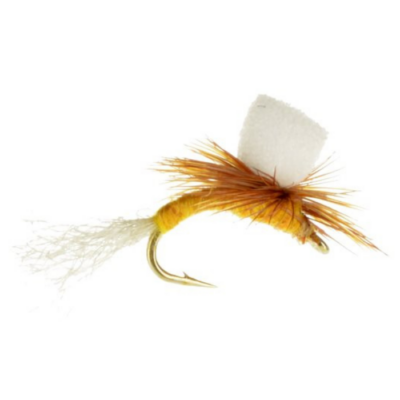 Sulphur Foam Para Emerger$1.90
Sulphur Foam Para Emerger$1.90 -
 Sulphur Dun Yellow$1.90
Sulphur Dun Yellow$1.90 -
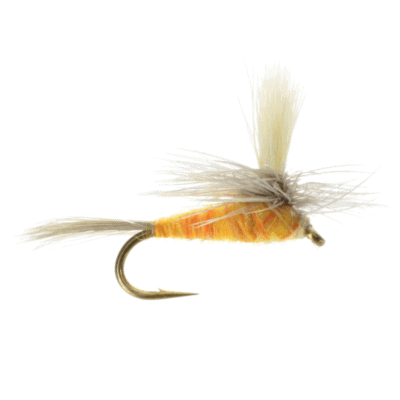 Sulphur Parachute$2.05
Sulphur Parachute$2.05 -
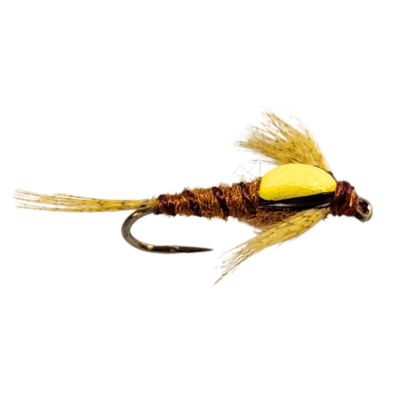 Split-Back Sulphur$2.05
Split-Back Sulphur$2.05

